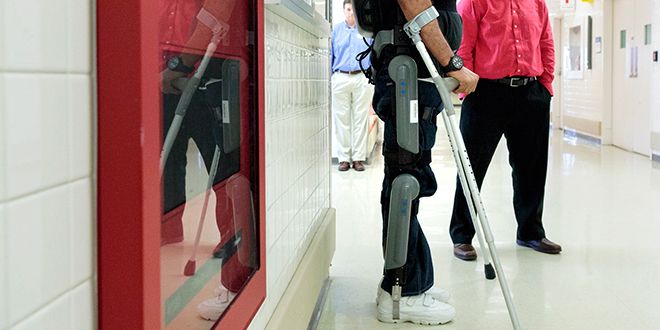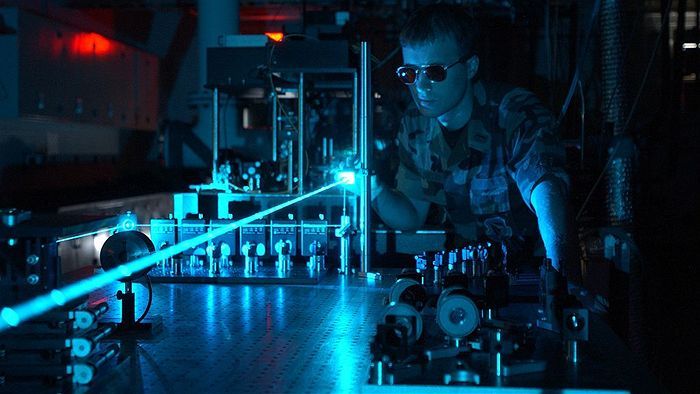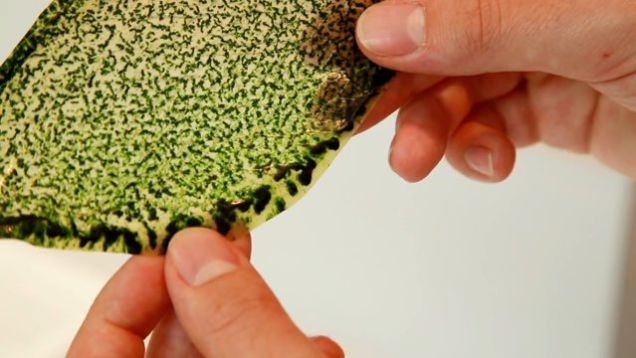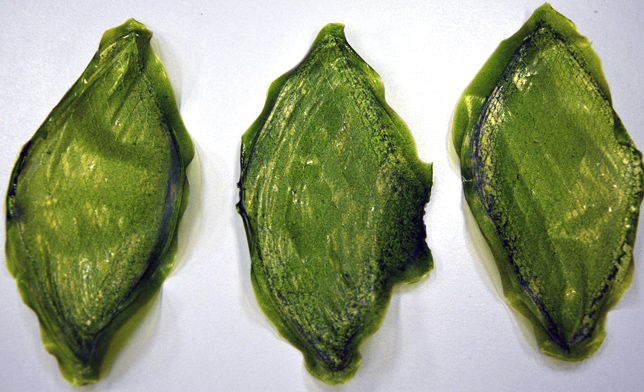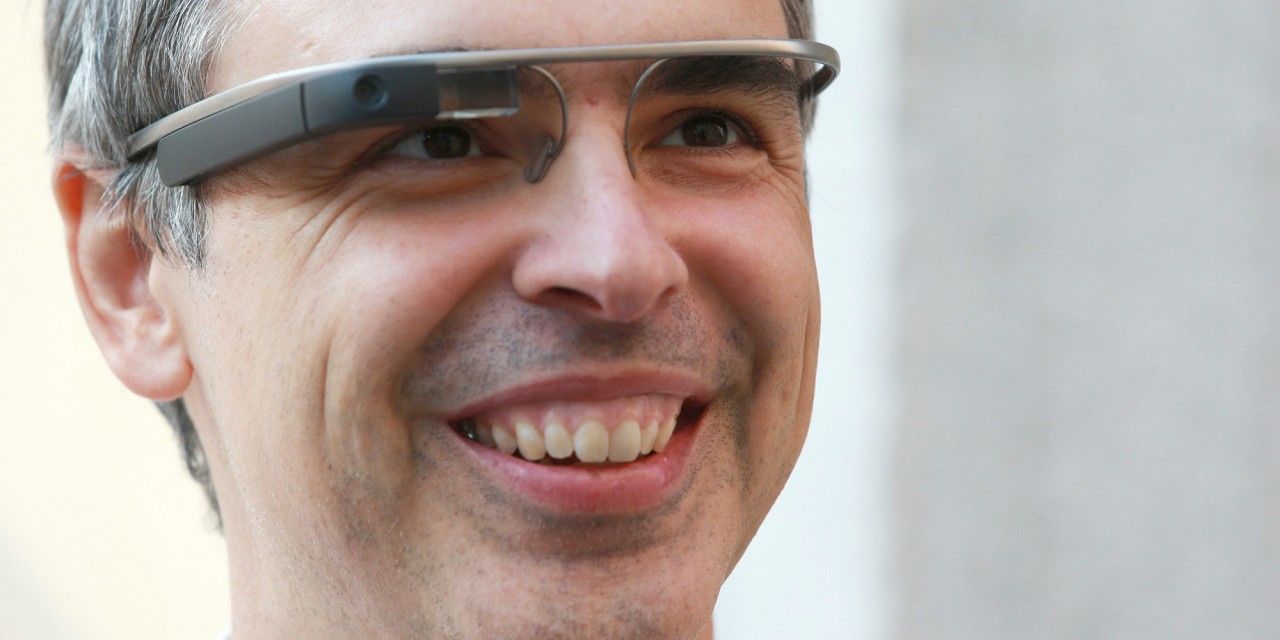Sep 21, 2015
New ‘shape-shifting’ material can reconstruct faces
Posted by Shailesh Prasad in categories: 3D printing, biotech/medical, materials
Called a shape-memory polymer (SMP) and developed by a team at Texas A&M University in the US, this biodegradable material can be used to fill in gaps in a damaged face and act as a scaffold to guide the growth of existing bones.
The researchers made their shape-memory polymer by linking molecules of another material — polycaprolactone, or PCL — and whipping it into a foam. According to Jackie Hong at Motherboard, the material is soft and easy to mould when heated to 60°C (140°F), and sets when it’s cooled to body temperature without becoming brittle. It can be used in 3D printing and moulding, which means it can be shaped into extremely precise models and bone scaffolds, and it’s full of tiny holes like a sponge, which allows bone-producing cells called osteoblasts to collect inside and grow.
According to Hong, the researchers enhanced this osteoblast-growing effect by coating their SMP material in polydopamine — a different kind of polymer substance that helps bind existing bones to the SMP scaffold, and has been shown in previous studies to encourage the growth of osteoblasts. Over a three-day trial, their coated SMP scaffold grew five times more osteoblasts than their uncoated scaffold.




